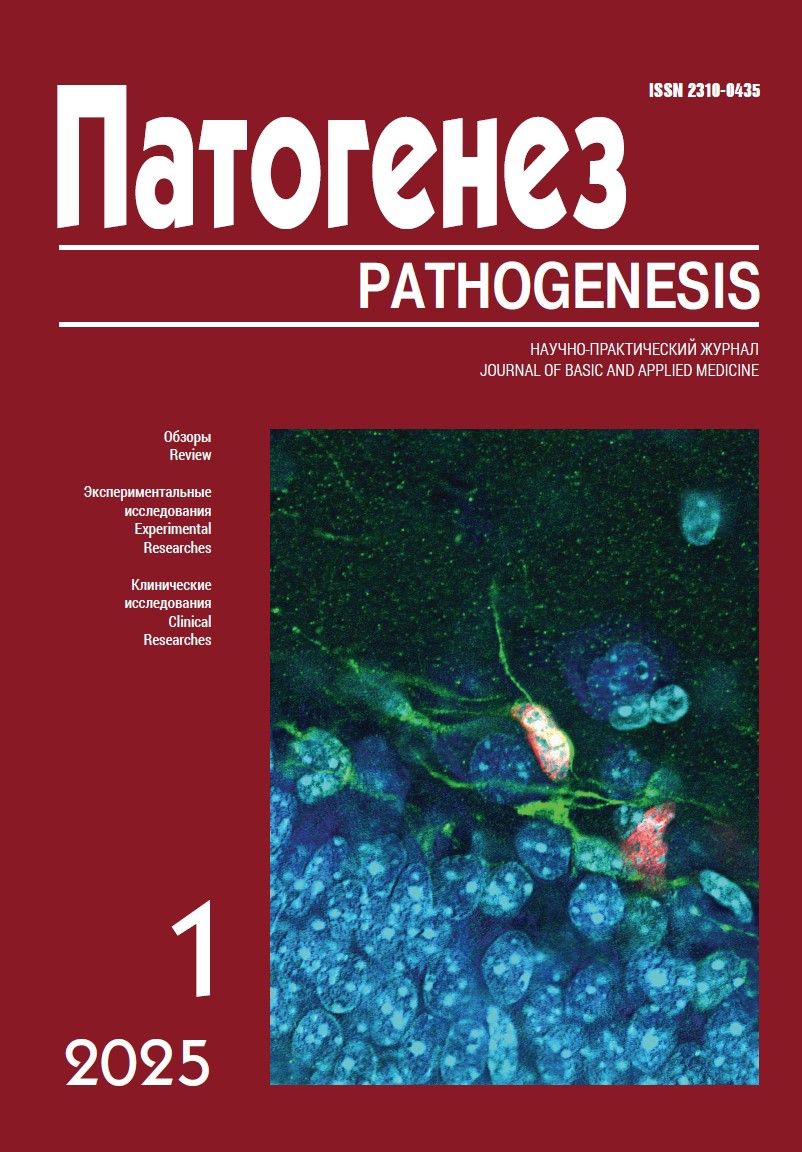Hemoglobin and myoglobin in the pathogenesis of acute kidney injury in thermal skin burns
Abstract
Acute kidney injury (AKI) is a formidable complication of thermal skin burns with a large area and depth of lesion. In the first day after injury, it is difficult to diagnose the subclinical stage of acute kidney injury. In this regard, it is necessary to search for new biomarkers that can indicate the onset of renal damage. In this context, hemoproteins are of interest, which are actively involved in the development of acute kidney injury in thermal trauma. Currently, there is insufficient information about the participation of these proteins in the pathogenesis of the development of each stage of burn disease.
The purpose of this study is to was to evaluate the dynamics of changes in the level of hemoglobin and myoglobin in the blood serum of patients with thermal skin burns during shock, burn toxemia and septicotoxemia.
Materials and methods. The study included 74 patients with thermal skin burns of I-III degree with a skin lesion area of more than 25%, of which at least 15% are deep burns. Serum creatinine levels were determined using the kinetic Jaffe method. The concentration of myoglobin and lipocalin was studied by multiplex analysis on a flow cytofluorimeter. The hemoglobin concentration was determined using the URIT-5160 automatic hematology analyzer.
Results. It was found that the myoglobin level was 64.9 times higher during burn shock, 53.5 times higher during burn toxemia and 57.4 times higher during septicotoxemia compared to the control group. During the course of burn disease, it was noted that the hemoglobin level increased during burn shock, then decreased during burn toxemia and almost reached the value of the control group during the course of burn septicotoxemia.
Conclusions. Myoglobin can be considered as an early biomarker of acute kidney injury in patients with thermal skin burns.




